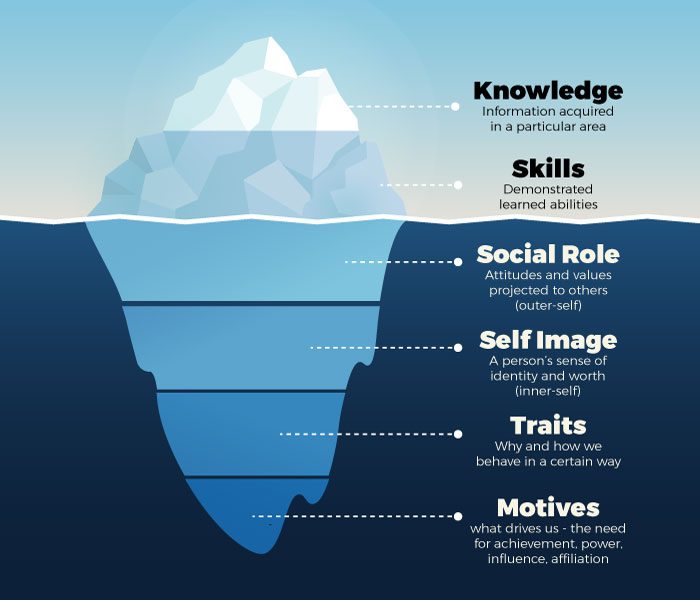The experts that report construction labor statistics, such as Associated General Contractors (AGC), Construction Dive, and even the US Department of Labor, continually report the shortage of both trade and management labor in the construction industry. The numbers on the management side show a shortage of 10,000+ management professionals per year to the number of jobs that need filling. The trade side is even greater.
Having staffed in the industry for over twenty-five years and been an employer myself since 2004, I witness behavioral aspects that add salt to the labor-shortage wound. These are both from employer and employee and unquestionably create turmoil for those who start out eagerly, only to weaken with time and not understand what is preventing their progress and success.
Terminations, transfers, and furloughs happen with little to no communication, coordination, or kindness. We read about time theft from the employer and employee sides. Formal training and professional development are often a rarity or, if offered at all, disconnected from the reality of a day and a life in construction. Reviews, raises, and performance plans if conducted are not aligned for mutual expectation and buy-in.
When it comes to hiring and maintaining human capital to keep your organization progressively staffed, looking at the full spectrum of competencies comes into play. Yes, as you will see from the diagram below, more personal traits are hidden than above the surface. Those below the surface are what shore up the foundation and are behaviorally based. The only way to uncover more about human capital for your organization is by taking time to verify what they say is not only their reality but the reality of those who work side by side with them. Construction is a team environment, and so often, despite the individual having the skillset, it is their inability to meet expectations of those around them because of failure in communication and relations across the board. Improving your odds when hiring and maintaining human capital for your organization comes with managing the process from initial introduction to and reintroduction within your organization as the players on their team change.
First Impressions
How the people interviewing greet a candidate can play into whether the candidate will elect to continue the interview process with your company or proceed with others who are also pursuing them. One of the things we provide to our clients when introducing a candidate for interview is their DiSC profile. The DiSC is a quick and easy assessment tool to gain insight into an individual’s workplace communications style. Below shows some typical differentiators that can aid in interviewing a candidate.
Everyone’s “dot” is slightly different; nonetheless, if their primary is the below, we see the below patterns happening in an interview:
C: Accuracy, Challenge, Stability Communicators:
Process communicators—personalities take time to ramp up and not because they don’t know the right answer but because they focus on accuracy and giving you the right answer (reviewing plans or reports and talking about tactical things helps them come alive).
I: Action, Enthusiasm, Collaboration Communicators:
Relational spectrum—will want to feel as though you like them and will appreciate them (the “tell me about you personally” before going into the “about the company and job” gets them to open up and share).
S: Support, Stability, Collaboration Communicators:
Relational side of the spectrum—middle child and wants to help, please (discussing the stability of the company, challenges you have in the role they are interviewing for, and what you want them to help with will motivate them to share).
D: Results and Challenge and Action communicators:
Process thinkers who often communicate in bullet points and short explanations of results. You must slow them down for what happened in between.
During the Interview Process:
Understanding more about each of the participants on the interviewer and interviewee sides can make a big difference in the success of the interview. This can be improved on with proper introductions to who the people involved in the interview process are and why everyone at the table was invited to participate in the interview process. In addition, a proper introduction of the interviewee and the role they are interviewing for can remove any ambiguity that could cause concern, threat, or comparison to other internal team members. Too often, people compare with others they have been exposed to with the same titles, or they come to an interview with bias. Titles and culture are different within each organization and setting the stage for the participants will help them gain perspective. It sounds like a lot, but, it takes less than five minutes of the interview time to set the stage.
When closing out the interview, leave enough time to ask all the participants if further clarification on relationships or what was discussed is needed before departing. Inform all parties as to the next steps. By doing so, it shows your leadership skills and the respect you have for each person who took the time to meet.
While onboarding, keep in mind the new hire will only be familiar with the people he or she was introduced to during the interview process. Getting them off to the right start will include the proper introductions to others and the purpose for which they will all be interacting. This mitigates the chances of them thinking something (or someone) is contrary to what it appears to be.
Your chances of finding out what is below the surface are much greater if the candidate can focus on engaging with you and your teammates. Will you take time to stage your interviews and welcome processes to better engage in the process? It might just help you get one new hire closer to fully staffed.
To Your Winning Team,
Suzanne Breistol





